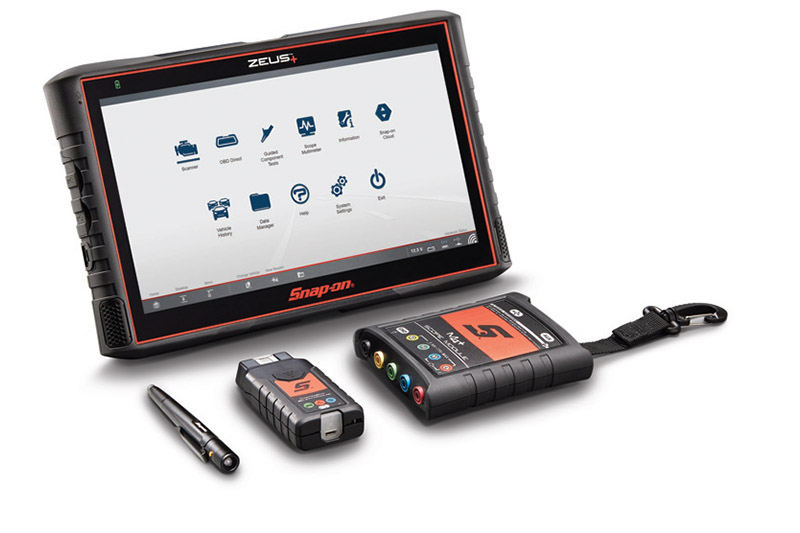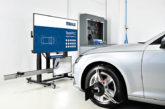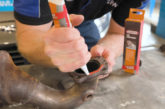
Snap-on presents a problem affecting a Mazda 6 very close to home.
When it comes to faultfinding, a methodical approach supported by the right diagnostic platform can make all the difference. In this case study, one of Snap-on’s Diagnostic Technicians takes us through a real-world diagnosis of an intermittent alarm fault on his own 2007 Mazda 6, using the Snap-on ZEUS+ diagnostic tool and fast-track intelligent diagnostics.
What was the problem?
The vehicle’s alarm had been randomly activating – often during the early hours. While this had been temporarily managed by locking the car manually (which did not arm the alarm), the issue came to a head one morning when it went off at 4.30am, waking the neighbours. With the pressure on to resolve the issue, a full diagnosis was underway.
Before we begin diagnosing this particular vehicle, let’s take a look at modern alarm systems. Alarm systems might seem complex, but the principles behind them are relatively straightforward. On modern vehicles, the body control module monitors various inputs, including door, boot and bonnet switches, and sometimes interior sensors. If any of these circuits unexpectedly change while the vehicle is locked, the BCM interprets this as unauthorised access and activates the siren. It’s also possible for the alarm to be triggered by internal faults – for example, a discharged alarm siren battery or communication loss.
Step one: Full system code scan
The first step was a full system scan using the Snap-on ZEUS+ diagnostic tool, designed to quickly access and scan all modules across both OEM-specific and OBD-II protocols.
The absence of any stored fault codes suggested that the system genuinely believed a physical intrusion had occurred. This pointed toward one of the monitored switches falsely reporting an open state.

No ‘alarm trigger’ data available
Some vehicles provide alarm trigger logs, showing the most recent input that activated the alarm. Unfortunately, on this Mazda 6, no such data was available.
Next, live data from the BCM was reviewed. Using the ZEUS+ tool’s intuitive interface, the technician accessed a list of status inputs for all doors, boot, and bonnet.
Upon physically closing the bonnet, the corresponding PID still showed ‘open’. This inconsistency pointed towards a malfunction in the bonnet switch or its wiring.
Inspecting the bonnet switch and circuit
The bonnet switch is integrated into the latch mechanism and uses a microswitch to signal open/closed status. When closed, the switch grounds a bias voltage supplied by the BCM.
Even when manually engaging the microswitch with the bonnet open, the live data did not change – remaining stuck on ‘open’. This suggested the switch was no longer functioning correctly.
Confirming circuit integrity
To rule out wiring issues, the technician used a bridging tool (a split pin) at the switch connector. This action successfully grounded the circuit, and the live data immediately changed to show the bonnet as closed.
Microswitch inspection and cleaning
With the latch assembly removed, the microswitch was examined in more detail. There was no visible damage, but internal contamination was suspected. Electrical contact cleaner was applied, and the switch was manually cycled numerous times. The latch assembly removed for switch access. Contact cleaner applied to restore proper function.
After reassembly, the live data showed correct and consistent switch states for both open and closed positions. The vehicle was monitored with live data logging for an extended period, confirming stability.
Fault fixed
The vehicle was locked using the remote and left parked for several days. No further alarm triggers occurred. The fault was traced to a single, inexpensive component – without replacing any unnecessary parts.
This case study demonstrates the power of pairing a logical diagnostic approach with the right tools. Even in the absence of fault codes, the Snap-on ZEUS+ and Fast-Track Intelligent Diagnostics provided all the visibility and functionality required to trace the issue methodically and accurately.
“While it’s always satisfying to solve a tricky fault, it’s even more rewarding when it’s your own car – and you can keep the neighbours happy too!”









